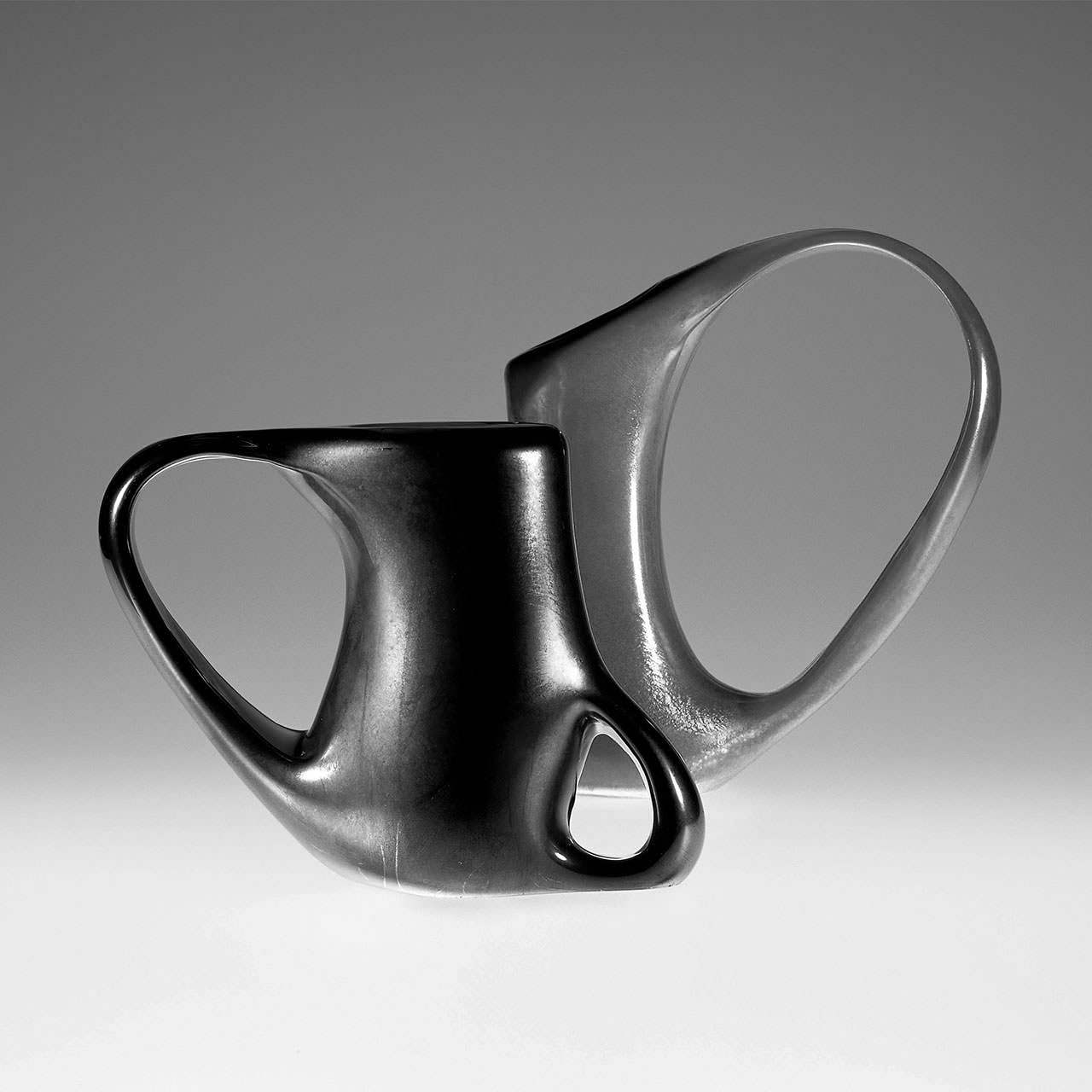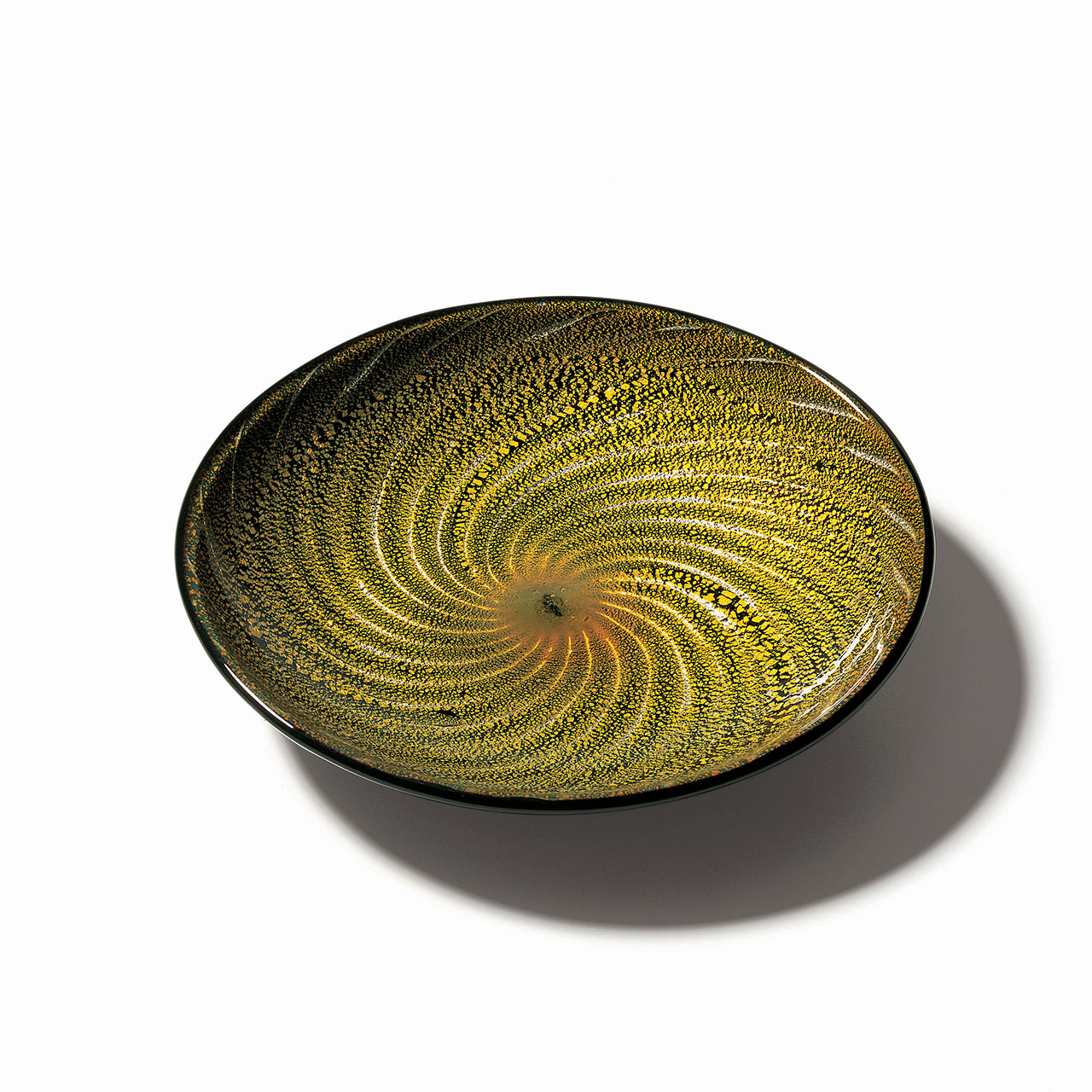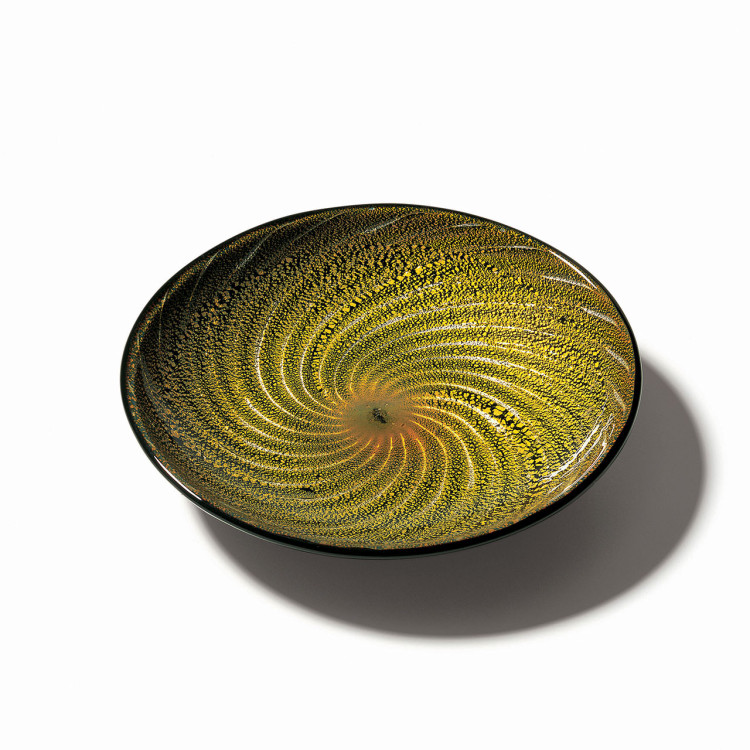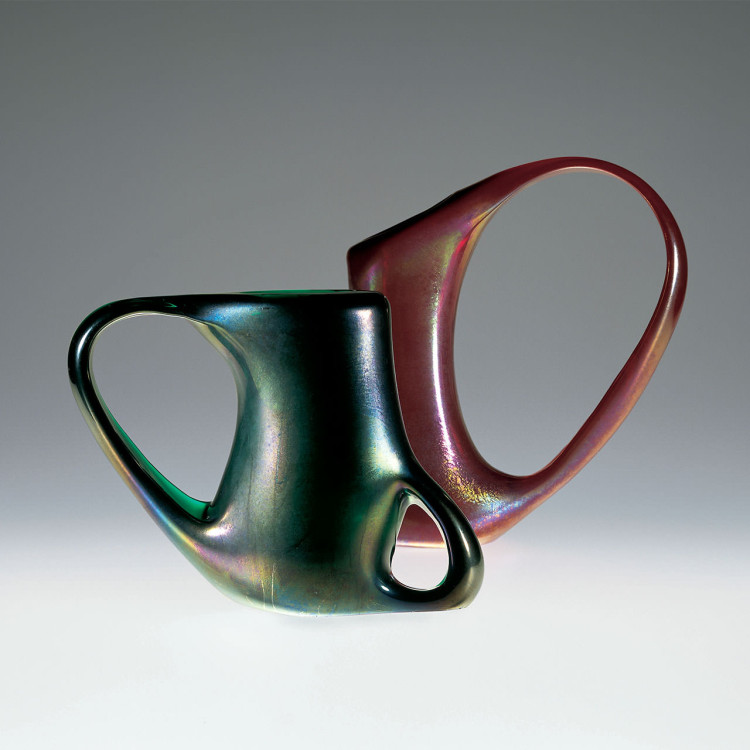
A.VE.M. 1932–
A.VE.M. was founded in 1932 by Antonio Luigi Ferro, his son Egidio, and the maestri glassblowers Emilio Nason, Galliano Ferro, and Giulio Radi. During the ’30s the furnace, which was capable of producing refined Venetian glass techniques, worked with Vittorio Zecchin, who created lightweight blown glass pieces, and Emilio Nason, who created Novecento-style sculptures. After 1939, Giulio Radi became artistic director and dedicated himself predominantly to experimenting with metal oxides. After Radi’s premature death in 1952, Giorgio Ferro replaced him and acted as artistic director through 1955, the year he left to found a new furnace with his father, Galliano. During the ’50s, A.VE.M. collaborated with the painter Luigi Scarpa Croce, and later the designer Anzolo Fuga. Between 1966 and 1972 several collections were designed by the glassmaster Luciano Ferro. A.VE.M. is still active in Murano today.



